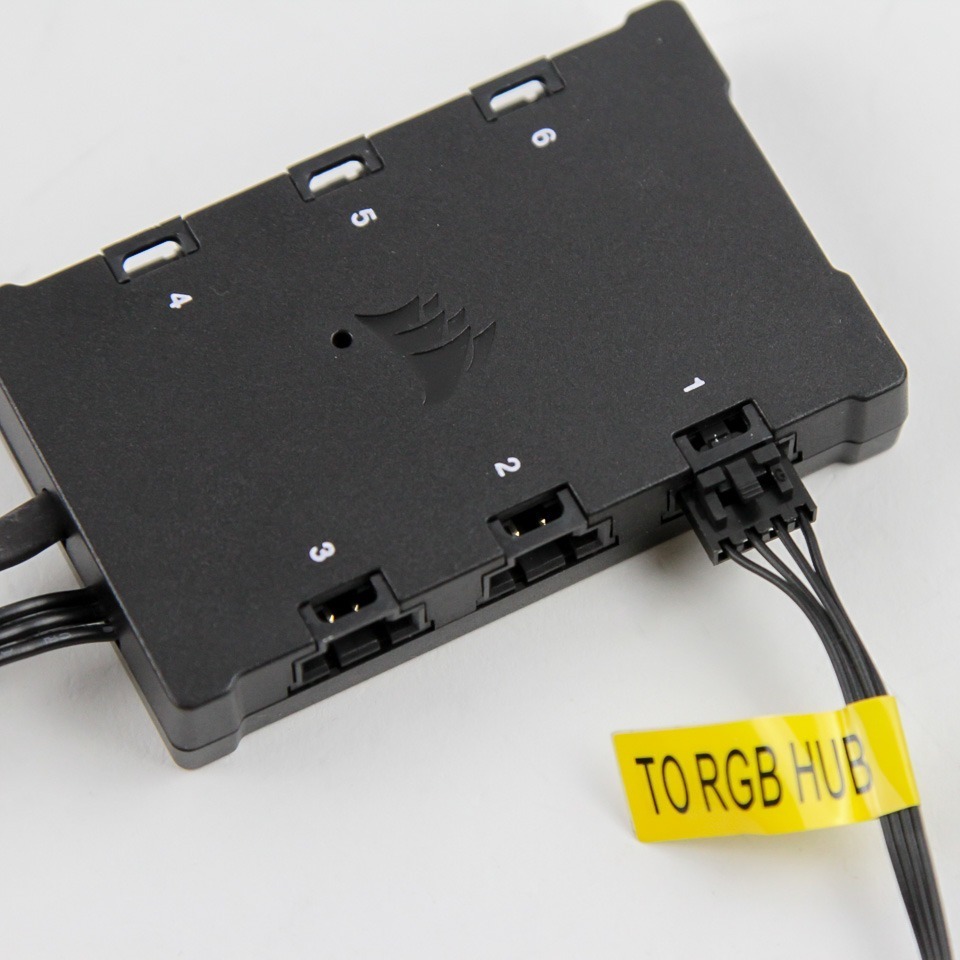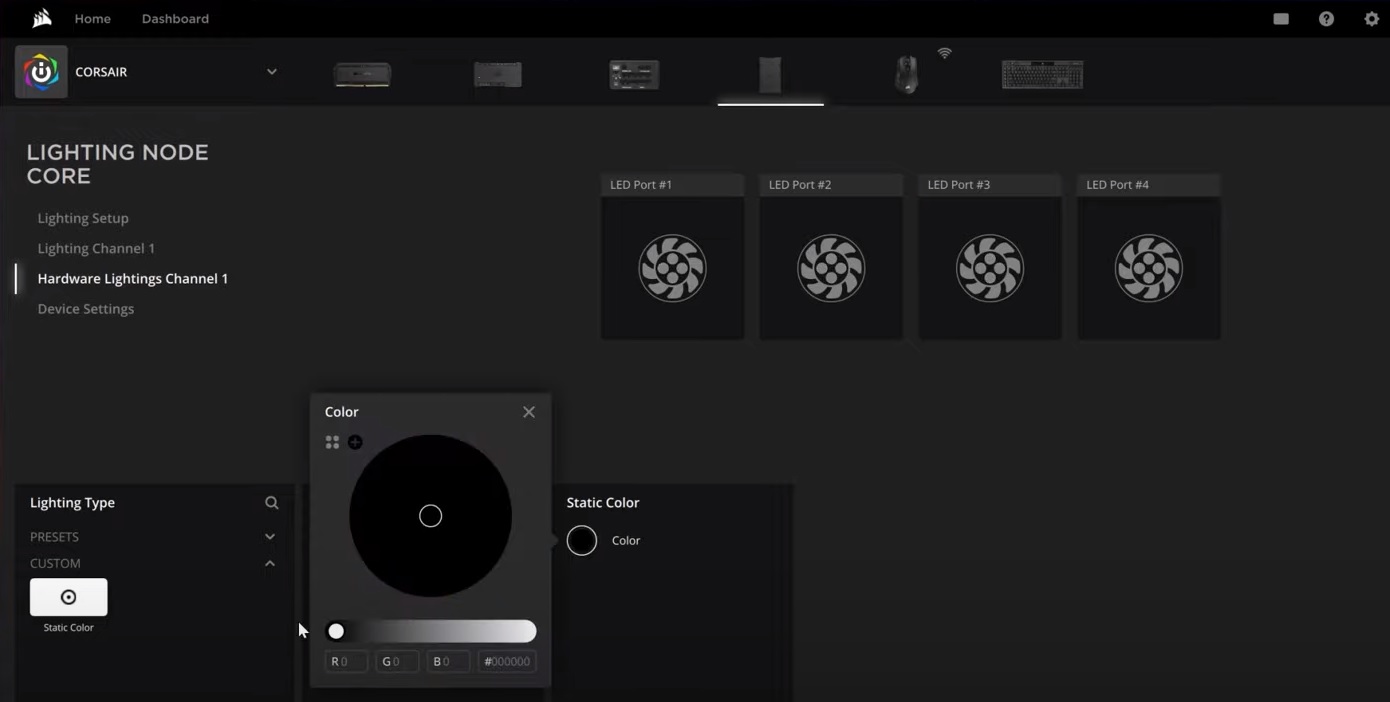


I've managed to workaround this by booting Windows first, letting iCue change the values (I use 600 when not gaming), then reboot in Linux, but I'd love to either: Having 9 fans at 800 rpm makes the computer too noisy if I am not using headphones. iCue allows me to update the lighting default hardware values (stays after reboot) but not the fan speed, which defaults to something around 800 rpm as far as I can tell. This computer has 9 fans, all Corsair (6 LL120 and 3 ML120), and everything works great on Windows using the iCue software, I can control the fans speed and lighting, but on Linux the lighting and fan speed is set to the default hardware values. So I decided to add a Linux partition for everything non-gaming related. If you select the custom curve, use the Fan Curve section to set your desired curve and tie it to a temperature sensor in your system.I recently put together my first computer: You can choose whether you want a fixed percentage, fixed RPM, or a custom curve. If you want to create your own cooling profile, click the + button in Cooling Presets. If your fans are connected to an iCUE-compatible controller, you can click Cooling in the left menu to set up how you want your fans to run.Ĭlick the menu button on each fan tile to select a cooling preset for the fan. If you want your fans to have no lighting when your system is turned off, select Static Color in the Lighting Type section and set the RGB values to 0. Hardware lighting effects are saved to your lighting controller. If you want your fans to have specific lighting when iCUE is not running or when your system is in sleep mode, you can set the lighting effects by clicking Hardware Lightings Channel in the left menu.



 0 kommentar(er)
0 kommentar(er)
